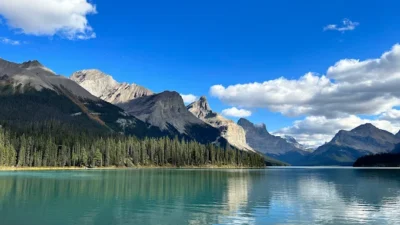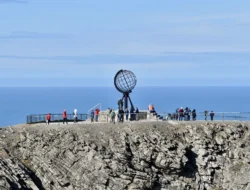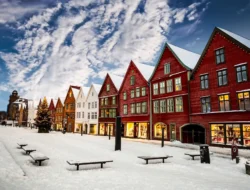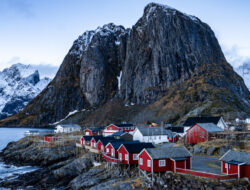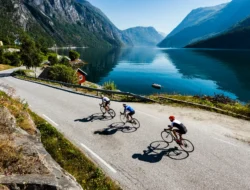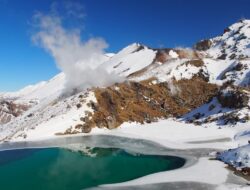Jakarta – Assalamualaikum, wahai sobat traveler sejati! Kali ini ane mau ngajak ente semua jalan-jalan…
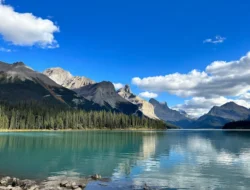
Keindahan Tak Terkalahkan di Jasper National Park
Jakarta – Assalamualaikum, wahai sobat traveler sejati! Kali ini ane mau ngajak ente semua jalan-jalan…

